
New Year, New Garden - Part III: Tools for Success

Welcome back! So far, we’ve looked into a few key components of starting a new garden, including determining our light and soil conditions, as well as what to look for when deciding what plants will work with our space. We ended last time by visiting nurseries, both in person and online, to see what plants we can readily find and if they are viable for our garden. Before we go out and purchase a ton of plants, we need to build our inventory of garden tools!
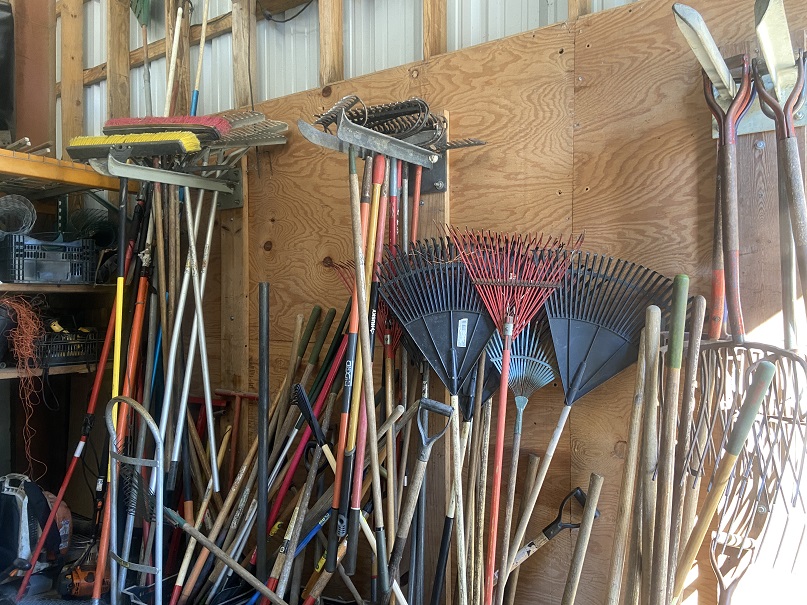
There are a lot of tools out there. Depending on what you want to do in your garden and how much time you want to spend in it, you may find you want to invest in more tools, or higher end tools. For now, we’ll just look at what would make a solid basis for your tool collection - and throw in a few extras that definitely don’t hurt to have either!
Shovels
If you are going to be putting in plants that are in a one gallon pot or larger, you’re going to want to get a shovel. There are plenty of options out there, but my go to is typically a standard spade with a pointed end. As you can well imagine, this is helpful in digging holes and moving soil. Having at least one good shovel as part of your arsenal is a necessity!

Another shovel we often use here at Brookgreen Gardens is a flat shovel. This shovel has a flat, even end. We typically use these for digging up existing plants and breaking through the roots. A pointed spade will do the job, but this may make things a tad easier. If you don’t plan to be moving plants around or digging plants up, you can probably pass on a flat shovel and use a spade as your shovel of choice.
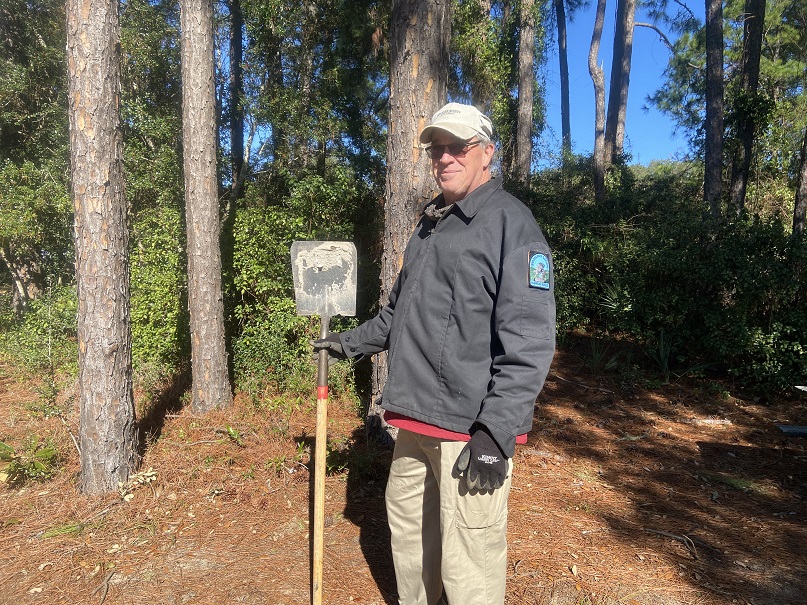
Rakes
We use two different rakes here at Brookgreen, and both are worthy of consideration for your home garden! The first is a standard leaf rake. This is the fan-shaped type with more flexible tines that is great for consolidating and picking up lighter materials, like leaves and grass. It’s gentle on turf and other surfaces, while also accumulating debris.
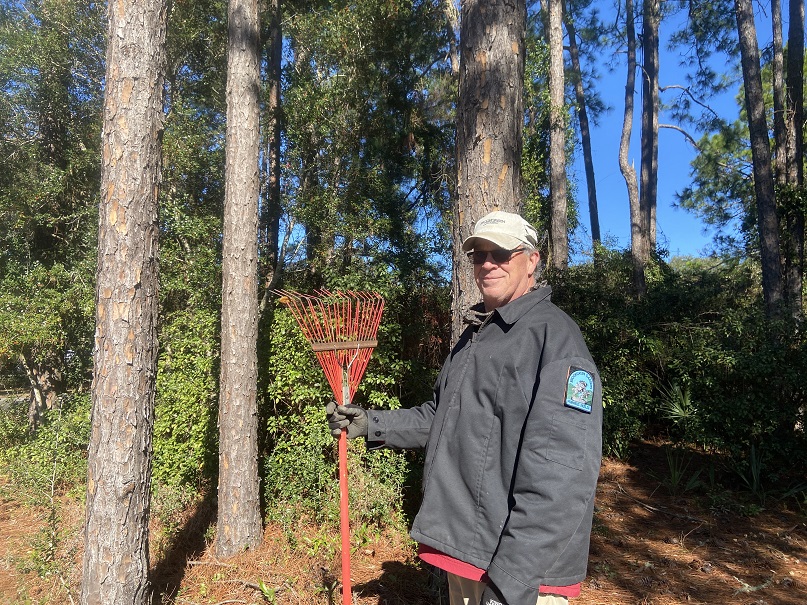
Hard rakes are another of our go-to tools. These rakes are not in a fan shape and the tines are a firm, unmoving metal. This is helpful for spreading things like mulch or rocks. We also typically use hard rakes when collecting heavier debris, like clumps of grass or sticks. Hard rakes are also helpful in grading and smoothing out soil.
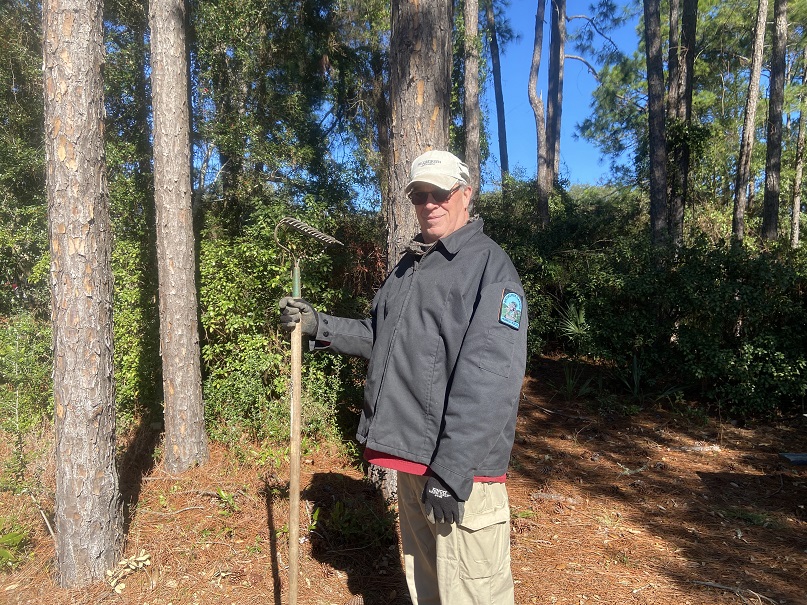
Trowel
We looked at shovels for planting larger plants and doing other digging around the yard, but when it comes to smaller plants, you can break out something a little more fitting for the job – a trowel! Trowels are essentially small shovels with shorter handles. While bigger may seem better, I find that using a trowel over a shovel for smaller plants, like those in 4” pots, is the way to go.
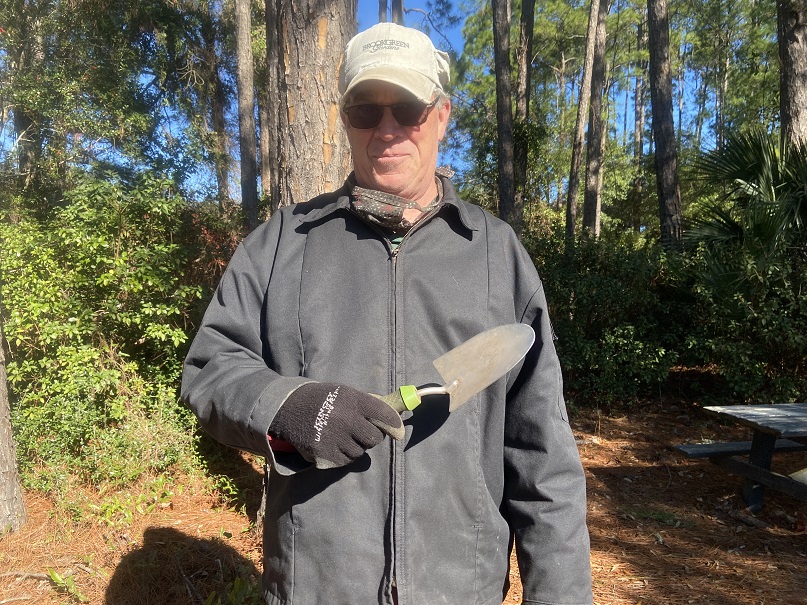
Weeding Tools
Unfortunately, weeding comes with having a garden. Try as we might, weeds always find a way! You will probably want to invest in a weeding tool or two. My go to is what one of my horticulture professors referred to as an “extirpator.” I put it in quotations, because no one outside of my school has heard it called this before! Whatever you want to call it, this two-pronged tool is great at getting down to the roots of weeds and getting them out.
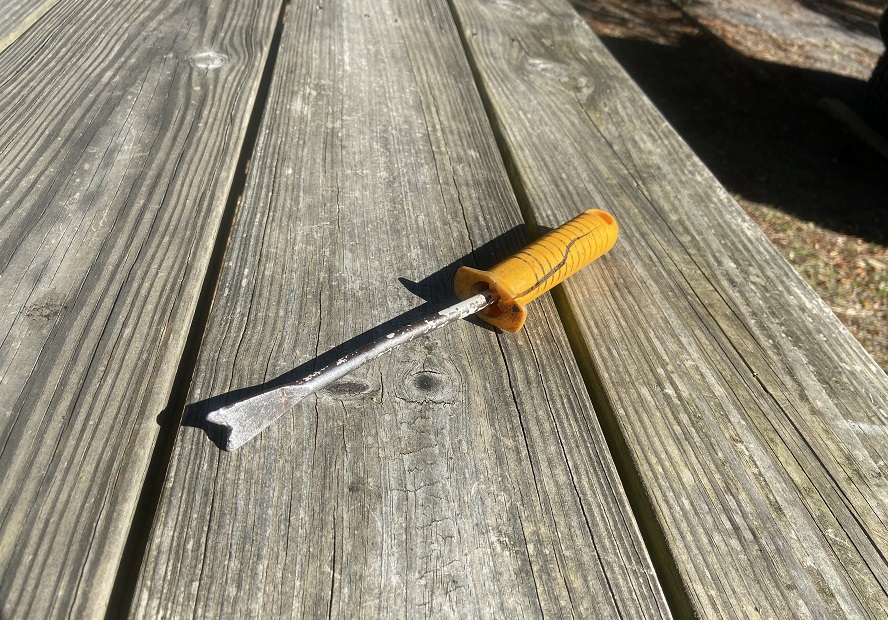
As you can see, my extirpator has been very well loved and one of it’s tines if broken, to say nothing of its handle! Regardless, it’s still an excellent tool. Other weeding tools exist and you may find one that is better suited to your needs.
Bypass Pruners
One of the best things you can do for yourself and your garden is to invest in a pair of bypass pruners. Most of your cutting or pruning needs in the garden will be done with your pruners. This ranges from removing smaller branches on shrubs, to cutting your eggplants off the plant. In my opinion, no gardener's toolbox is complete without a pair! When looking for pruners, you want to be sure the pruners you are getting are bypass types that cut like scissors with the blades moving past each other. This will ensure smooth cuts of the stem. Pruners that do not have the bypass motion run the risk of crushing your plants stem, which creates damage to the plant, and generally is not ideal.
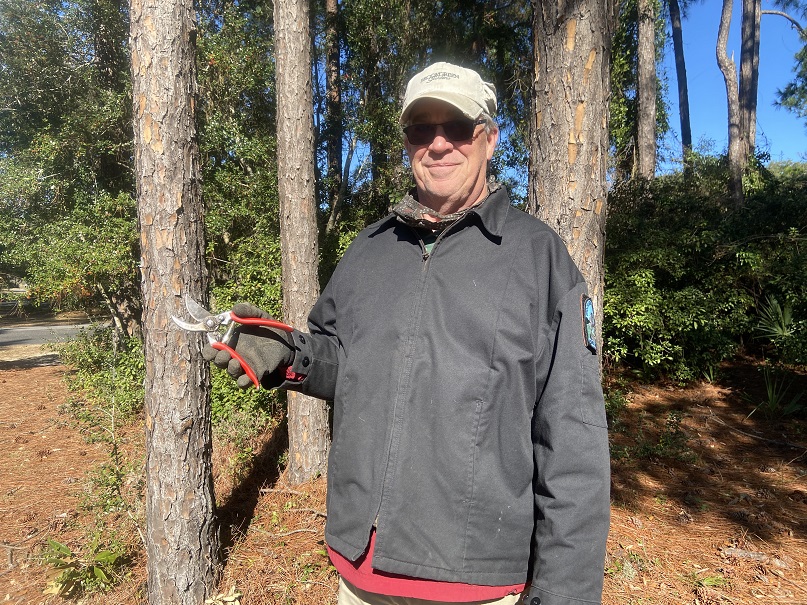
Pruners are great for cutting smaller branches, but if you have a plant like a tree or shrub with thicker branches in need of pruning, you may want to also grab a pair of loppers and a folding saw.
Hoses, Nozzles, and Watering Cans
Plants need water to grow, and we need a way to get it to them! Having a hose that is long enough to reach your bed areas is important to keep your garden in tip top shape. A number of different nozzles are available to attach to your hose to get just the right spray type for your plants. When it comes to our plants at Brookgreen, we typically go for a shower type nozzle, or one that simulates rainfall, as opposed to a jet or power wash setting. If you are operating mostly out of containers or don’t have a lot of plants to water, a watering can may meet your needs.
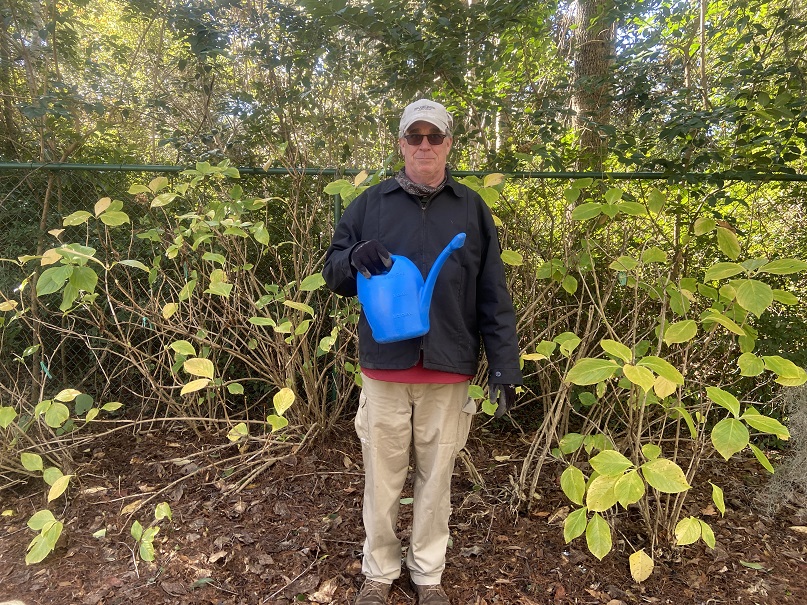
Kneeling Pad
If you’re like me, you are not a graceful gardener. There is none of this artful crouching business - it’s my knees firmly planted on the ground and me crawling around from place to place, arguably like something out of a George Romero film. It ain’t pretty, but it works. However, alluding back to my horticulture professor, I still hear his voice in my head telling me to use a kneeling pad or to crouch down, because my knees will be paying for this in years to come. For that reason, I encourage any of my fellow kneelers and crawlers to get a kneeling pad – your knees will thank you for it (as will your pants)! Alternatively, if kneeling pads are too burdensome to carry around, you can also get knee pads. While kneeling pads aren’t crucial, they definitely make the gardening experience a more pleasant one!
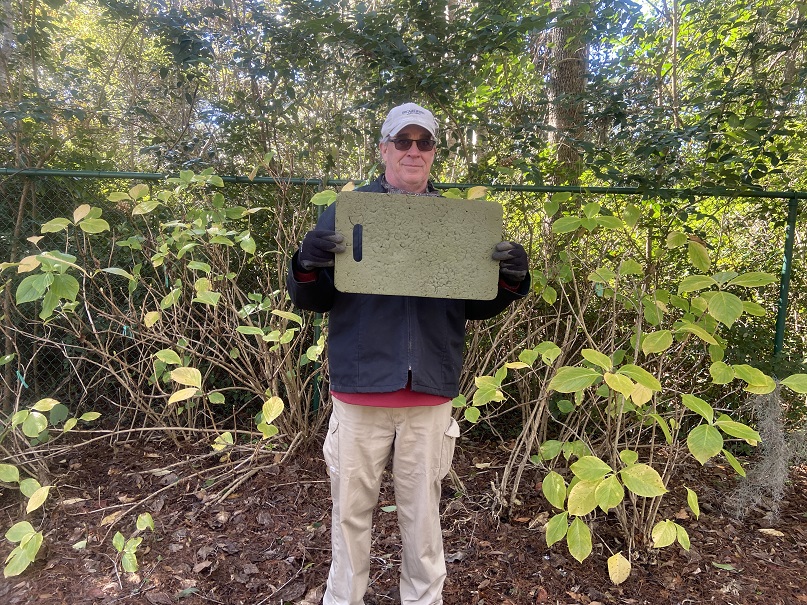
Gardening Gloves
Finally, getting a few decent pairs of gardening gloves can be worth their weight in gold! I used to be the type who frowned on wearing gloves, and now I’ve done a full 180 and wear plastic gloves under my gardening gloves! Regardless of how many gloves you wear at a time, this is another accessory (or perhaps necessity!) that will make your time in the garden a more comfortable one, and will help protect your hands from not only dirt, but also injury.
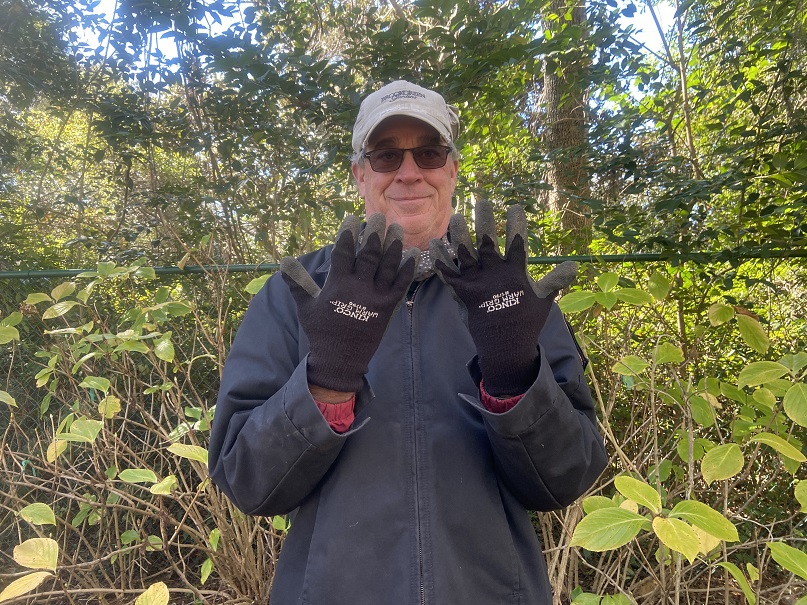
Amassing these key items will help you be ready to get your garden going – and keep it going! If you want to further extend your garden tool collection, a look through the garden section at your local nursery will turn up a ton of other options too. In addition to loading up on tools for the garden, you may also want to get additional tools for your safety and comfort. We looked into some of these tools and accessories last year in our blog Taking Care in the Garden.
Gearing up for a garden can be a bit of an investment up front, but investing in tools you can use throughout the years will repay you with beautiful gardens to come! Make sure to check back next week for our next installment: Site Preparation.
See you in the Gardens!
Hours
Hours: Monday & Tuesday 9:30 AM - 5:00 PM
Wednesday - Sunday 4:00 PM - 9:00 PM
For daytime admission, gates close at 4:30 PM. For their safety and the safety of our animal collection, pets are not allowed, nor can they be left in vehicles inside Brookgreen. Service animals that have received special training to assist disabled persons are welcome.
Tickets
Daily General Admission Tickets for 7 consecutive days
Children 3 and under: Free
Children 4-12: $14
Adults 13-64: $25
Seniors 65 & Over: $23
Location
1931 Brookgreen Drive
Murrells Inlet, SC 29576
Off US Highway 17 Bypass, between Murrells Inlet and Pawleys Island on South Carolina's Hammock Coast
843-235-6000
GOOGLE DIRECTIONS